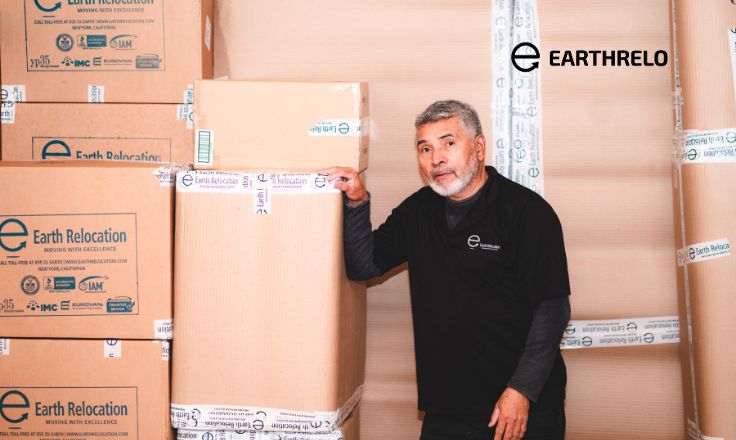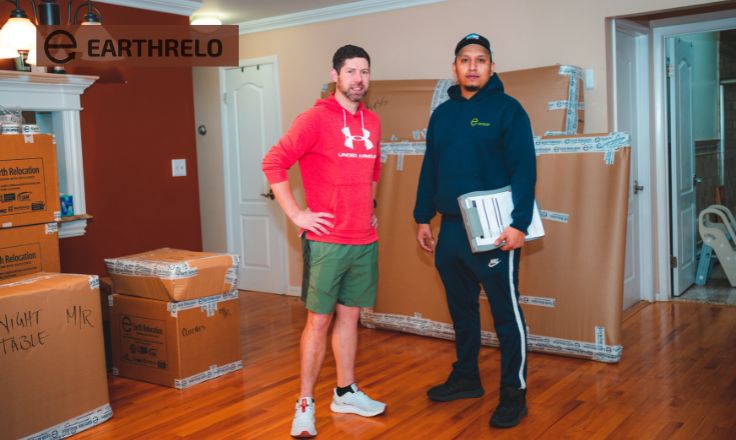- April 15, 2021
AFFORDABLE – QUICK – FREE
Singapore is often regarded as one of the best cities to live and work in across the globe. It is known for being a major business hub between the western and eastern worlds. It offers a wide variety of benefits to foreign nationals who want to make it their home or make advances in their careers. One main attraction is that it has four official state languages, which are; English, Mandarin, Malay, and Tamil. All public signs are in English and it is the main business language across the nation. While it is known for being an excellent business city, the cost of living in Singapore is one of the highest in the world. The Mercer Cost of Living Survey for 2019 ranked Singapore as the 3rd most expensive city in the world, behind only Tokyo and Hong Kong. Even though it is extremely expensive to live there it draws many of the world’s wealthy because it has a generous tax system that caps income taxes at 20 percent.
Expensive and Cheapest Regions in Singapore
Orchard is the most exclusive part of the most expensive region, Central, in Singapore. It is located in District 9 and there are only about 1,000 residences in the area. Luckily Singapore’s Urban Redevelopment Authority plans on adding over 20,000 apartments over the next decade to the Central region. Orchard Road is viewed as the center of everything and has a large majority of the shopping malls and fashion boutiques in Singapore. The area is also home to the offices of many major finance companies.
Key Facts
- Homes cost an average of $1,800 per square foot
- The average HBD home sells for $605,000 but many go for much more
- A studio apartment rents for $2,900 a month
- A 3-bedroom HBD home rents for $5,040 a month
- In 2019 around 50% of homes were purchased by foreigners
Woodlands is one of the cheapest regions in Singapore and has an estimated population of 255,000 people. The area is 5.2 square miles in size and is the fourth largest regional zone in Singapore. Woodlands has a much more suburban feel when compared with the Central Region and does not have as many businesses located within its boundaries. There are however many major engineering companies located in and around the regions. Woodlands has a reputation for being home to a large number of foreigners, especially Americans.
Key Facts
- Homes cost an average of $1,100 per square foot
- The average HBD home sells for $242,000
- A studio apartment rents for $1,080 per month
- A 3-bedroom HBD home rents for $1,870 per month
- The largest population of American ex-pats in Singapore
Cost of Living in Singapore vs the US

Singapore is generally considered one of the most expensive countries in the world, it is also considered one of the most developed countries in the world. Singapore’s S Pass Visa, employment visa, actually has stipulations on how much an individual needs to make before they can bring dependents into the country. That amount was an average of $4,330 in 2019. Unlike the US, Singapore is a tiny city-state that has very little variance in the cost of goods that are considered necessities across the country. Some estimates have the cost of living in the US as being 14% cheaper than living in Singapore.
What is the average cost of living in Singapore?
For a single person living in Singapore the average cost of living, when excluding housing costs, is about $600 per month.
A family with children will often pay much more than this averaging over $3,000 per month.
Why is the cost of living so high in Singapore?
- Housing is the main reason for the high cost of living in Singapore. Since land is so scarce it has become extremely valuable and more than 80% of Singaporeans live in government housing buildings.
Cost of Accommodation in Singapore
The cost of accommodation in Singapore is going to be the most varied and expensive of all the costs incurred while living there. It all depends on where the individual wants to live and what amenities they want. The following accommodations are the five most common across Singapore:
Condominiums
The majority of foreign nationals will want to live in condominiums because they generally have the most amenities, such as; swimming pools, children’s playgrounds, gated access, tennis courts, and recreational or gym facilities. These can cost anywhere from $2,450 per month if you live in the Woodlands and up to and exceeding $10,000 per month if you live in the Center regions of Orchard or Bukit Timah.
Private Apartments
Private apartments are going to often be older buildings that might have been condominiums at one point, but have been renovated. They will be lacking amenities and any recreation or supplemental amenities will need to be found off-site somewhere else in the city. Since they are older and have fewer amenities, private apartments also cost less averaging around $3,000 a month for a 3-bedroom unit outside the city center regions. In the Center region, they will still cost a lot but average only $4,400 a month for a 3-bedroom.
HBD Flats
The public housing apartments, or HBD Flats as they are known in Singapore, are one of the most affordable options in the city. More than 80% of local Singaporeans live in HBD Flats because they are normally the cheapest option and are located close to necessities, like public transportation. All new HBD Flats are only available to citizens, but anyone can purchase resale flats. They do not normally have any extra amenities, but the government does an excellent job of ensuring schools, banks, supermarkets, hospitals, recreational facilities, and MRT stations are close by. A 3-bedroom HBD Flat will cost anywhere from $1,600 to $2,200 a month depending on location.
Landed Property
This is often one of the most expensive options since the small island nation is almost out of undeveloped land and has an ever-growing population. The majority of these properties are owned by native Singaporeans and passed down from generation to generation or are purchased by wealthy foreigners. Landed property can vary wildly in price and is generally priced according to the amount of land that is included. They can range from $5,900 per month for a property with a small attached yard or garden, to north of $26,000 per month for a modern high-end home with more than 15,000 square feet of property.
Serviced Apartments
These are generally viewed as being best for people who only plan on being in Singapore for a short time. They offer different services than a condominium and are generally more hotel-style than apartment-like. They come fully furnished and normally have a swimming pool and recreation area. They are vital for short-term guests because they offer flexible leases and can even be rented on a per-day basis. A single room unit costs anywhere from $5,200 to $10,400 per month depending on lease length and location.

Cost of Health
It should not be surprising, but Singapore is viewed as one of the best countries in the world for healthcare. It has earned this reputation because of its many first-class hospitals, but also because it is generally inexpensive when compared to many western countries. The government does subsidize a large portion of healthcare and will provide state-issued insurance if you pay taxes into the Central Provident Fund (CPF). The other option is a private insurance plan because the majority of companies will not provide health insurance since state-run insurance is so common. Here are the costs of common healthcare expenses and some major surgeries:
- General Practitioner consultation = $30
- Blood work and X-ray = $50
- Private Specialists = $75
- Private Insurance per year cost = $1,850
Major Surgeries
- Heart Bypass = $25,000
- Hip Replacement = $13,000
- Knee Replacement = $15,000
Cost of Food & Utility
Food is generally one of the cheaper things in Singapore with it costing an average of 13% less than the US. Here is a list of items that cost less in Singapore, followed by a list of items that cost more with their respective price difference as a percentage
Less Expensive
- Loaf of White Bread – 60%
- Rice – 92%
- Chicken – 22%
- Apples – 31%
- Oranges – 25%
- Tomatoes – 107%
- Potatoes – 40%
- Onions – 36%
More Expensive
- 1 Gallon of Milk – 63%
- Eggs – 2%
- Cheese – 42%
- Beef – 25%
- Bananas – 32%
- Bottle of Wine – 46%
- Domestic Beer – 35%
- Imported Beer – 38%
While these are just some general items that the average person buys at their local market; it is also normally cheaper to purchase cooked food from a food court. The average couple that eats out regularly will spend anywhere from $450 to $880 a month on food.
Cost of Education
Singapore provides two basic options for schooling, government-run (public) schools or international (private) schools. For an expatriate’s children to attend a public school they will need to be in the country on specific employment passes or be permanent residents. Public schools will often cost less than $520 per year. Private schools are completely different and can be paid for by the parent or their employer. They cost anywhere from $9,000 to $22,300 per year and will also normally had added supply and transportation costs.
Taxes in Singapore
Singapore is known for having one of the lowest income tax rates and this is often one of the main draws for foreign nationals. Singapore also has the added benefit of only taxing income directly earned while in Singapore. The tax rates are capped at 20% for residents, which includes; citizens, permanent residents, and anyone who has been in the country for at least 183 days of the current tax year. For non-residents, those who spent less than 183 days in the country, the tax rate is capped at 15%. Singapore also has signed numerous tax treaties that help prevent double taxation of income with countries that don’t use a territorial basis for taxation. Singapore also draws a lot of wealthy foreign investors because it does not have a capital gains tax, wealth tax, estate tax, or even dividend taxes.
Conclusion
Singapore is often considered the best place to climb the corporate ladder for many international businesses. If a business has an office in Singapore, then people are vying to work there and make a name for themselves. While it is a very attractive city because of all its modern amenities, it is important to keep the cost of living in mind. In the past international salaries were more than enough to cover the high cost of living, especially with all of the added benefits of transportation, school fees, and housing allowances. Now, however, it has become a desired destination and competition has allowed many international businesses to cut the majority of those benefits.





